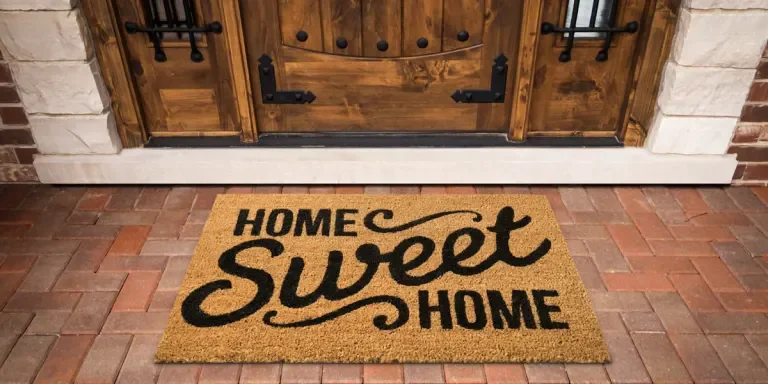Whether indoors or outdoors, high-quality doormats can help to make a stylish statement that wows visitors. There’s an extensive range of doormats available in the market; hence, selecting the ideal option for individual buyers can be a challenge.
The good news is that we know which varieties sell best, helping sellers to understand the various types, their profitability, and what to consider before going into business in this competitive market. Keep reading to discover all this and more.
Table of Contents
How profitable is the doormat market in 2024?
An overview of various types of doormats
What to consider when choosing doormats to sell
Conclusion
How profitable is the doormat market in 2024?

The global doormat market continues to witness significant growth, driven by increasing urbanization and growing consumer awareness about home cleanliness. Experts project the market will grow at a CAGR of 6%, from being worth USD 3.67 billion in 2023 to USD 6.20 billion by 2032. Key drivers include the rising popularity of home décor and growing urbanization, which have led to an increased demand for door mats in residential, commercial, and industrial settings.
Indoor mats dominate the market due to their simple and effective means of keeping homes clean from outside pollutants. Geographically, North America currently holds a significant share of the market, while the Asia-Pacific region will witness rapid growth over the forecast period.
An overview of various types of doormats

Indoor doormats

Similar to outdoor mats, indoor doormats are for use inside homes and offices, capturing dirt efficiently for a cleaner living or work environment. Indoor mats tend to be made from softer, more comfortable materials, which means that they might not be able to handle the same level of dirt as their outdoor counterparts. Therefore, they tend toward comfort and aesthetics.
Outdoor doormats
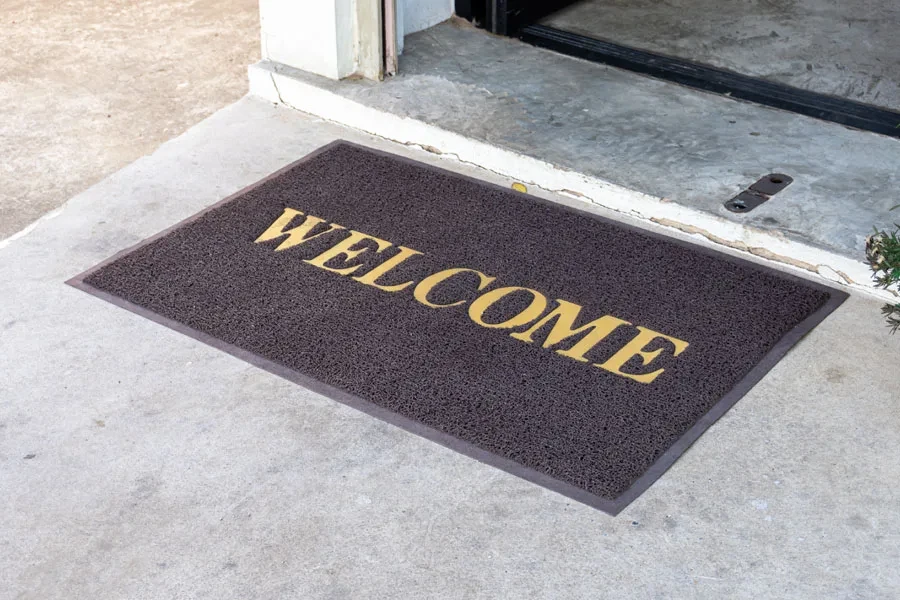
Outdoor doormats are therefore more functional than their indoor cousins. They tend to be bigger and made from rougher or more abrasive materials, making them more efficient at removing dirt, mud, and other contaminants. However, what they gain in practicality, they often sacrifice in color and intricacy. However, outdoor doormats can still help provide a positive first impression of a home’s entryway, helping guests feel more welcome.
Decorative doormats

Decorative doormats come in many colors and designs (almost limitless), matching different consumers’ preferences and home aesthetics. But like standard indoor mats, decorative models’ primary function is to serve as a welcoming interior decorative element rather than a hardy dirt-stopper.
Scraper doormats
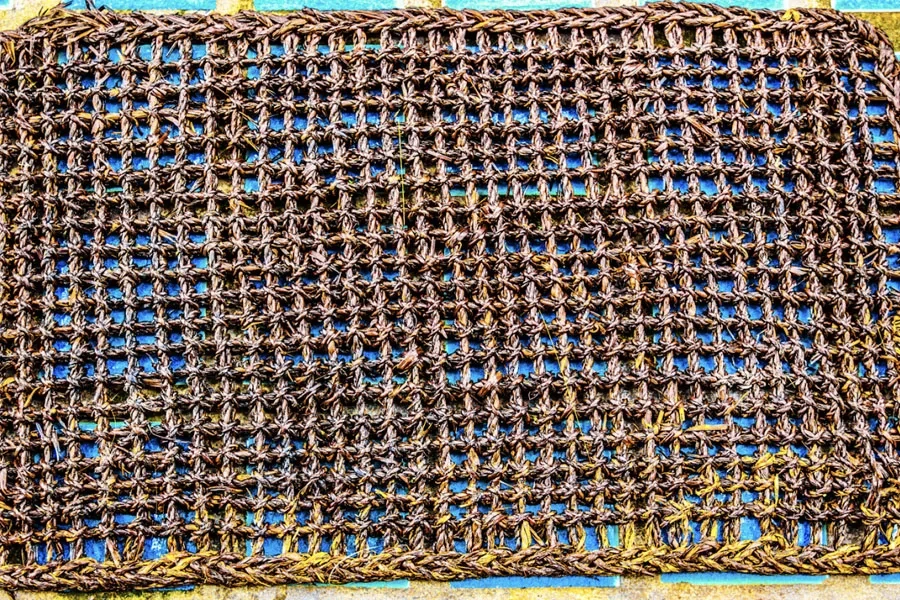
Think of scraper doormats like upgraded outdoor mats. These doormats focus more on functionality at the cost of aesthetics. Instead of fun designs of soft textures, scraper doormats come with abrasive materials that the user scrapes their shoes against to remove dirt, debris, mud, and other contaminants.
Scraper doormats are made using durable materials that can handle constant exposure to the elements. A benefit of these materials is they tend to be incredibly easy to clean.
What to consider when choosing doormats to sell
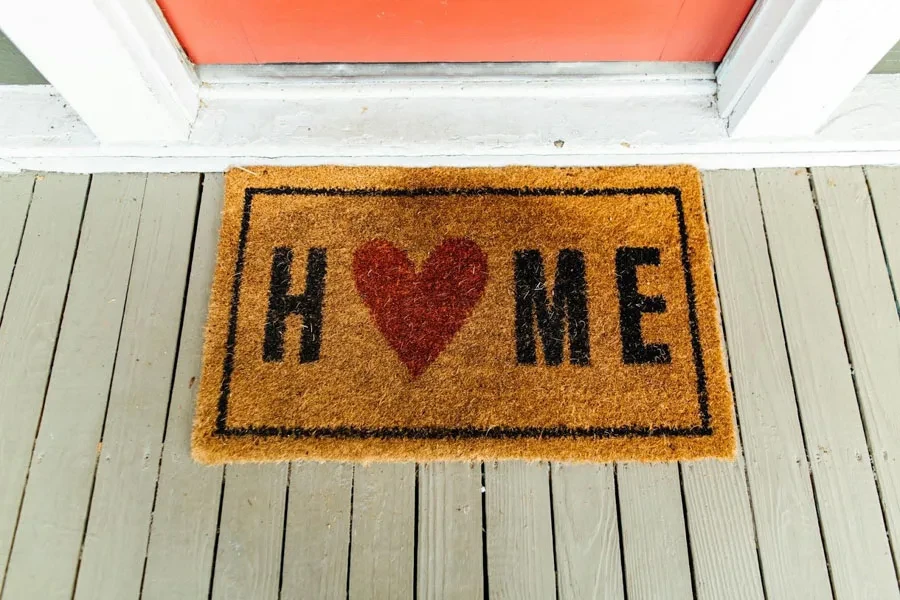
Material
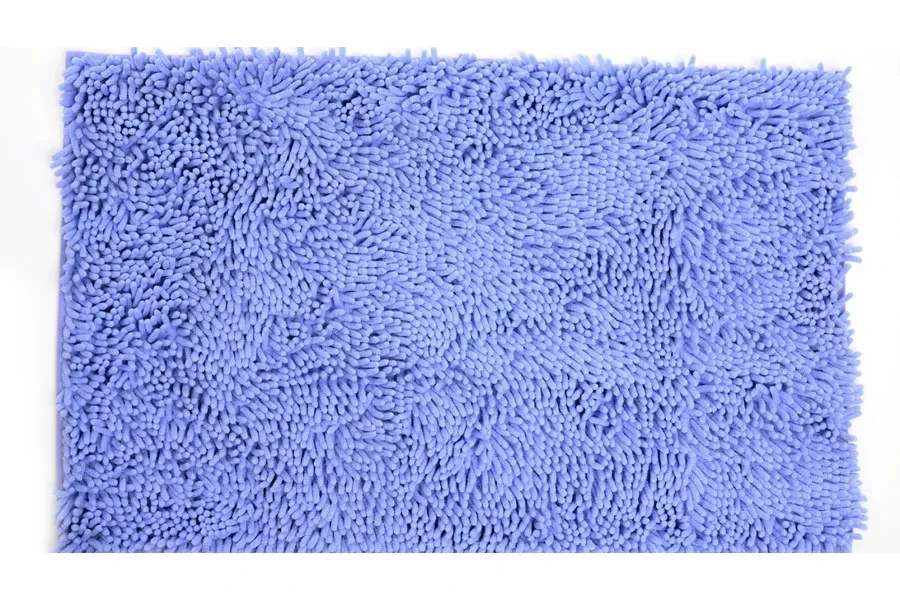
Doormats come in a range of materials to give them their sought-after look and texture. Each material may only work in certain applications. Let’s take a closer look at the different material options that are available and their best-use scenarios.
Coir doormats
Coir doormats are great for eco-conscious consumers. Made from coconut husk, these doormats are 100% natural and eco-friendly. They’re also extremely affordable, especially compared to synthetic variants.
Coir mats come in various colors and finishes and have a hardy texture that aids their ability to scrape dirt off of shoes and is easy to clean. Lastly, the coir texture creates a natural grip, giving these doormats incredible slip resistance.
Jute doormats
Coir is not the only eco-friendly option; jute doormats, made from jute plant extracts, are also easy to clean, soft, pet-friendly, and durable. Their neutral hues make them compatible with various home decors, and work best when placed in home entryways.
Synthetic materials
Nylon, polyester, and polypropylene are popular synthetic material choices for doormats, and for good reason: they are highly durable, wear and tear resistant, and easy to maintain. Synthetic mats are also typically stain-resistant and can handle high-traffic areas. They also come in vibrant colors and intricate designs.
Rubber
Rubber mats are highly durable and weather-resistant, making them suitable for indoor and outdoor use. More importantly, they provide non-slip surfaces, so are great for wet or muddy areas. Maintaining and cleaning rubber doormats is also a breeze.
Cotton
When consumers need something soft and absorbent, cotton doormats are the way to go. These mats are perfect for decorative indoor use and are often placed in bathrooms or kitchens because of their high moisture absorption and cozy touch.
Other materials
Other materials include vinyl, bamboo, sisal, and recycled materials. Each material offers unique characteristics and benefits, giving consumers a choice between those that best suit their needs and preferences.
Size
Generally, doormats must be big enough so that they can be used easily before entering a space. The perfect size will also depend on where the user intends to place it; smaller doormats in wide entryways may look out of place, while larger mats in narrow spaces may make them feel cramped. Before sourcing, consider the table below showing different doormat sizes and what they’re suited for:
| Size designation | Dimensions (inches) | Dimensions (centimeters) | Best suited for |
| Extra small | 24 x 16 | 60 x 40 | Small entryways, mudrooms, and secondary doors |
| Small | 24 x 36 | 60 x 90 | Standard single doorways |
| Medium | 30 x 48 | 75 x 120 | Wider doorways and double doors in smaller spaces |
| Large | 36 x 60 | 90 x 150 | Spacious front porches and large entryways |
| Extra large | 48 x 72 | 120 x 180 | Patio doors and expansive entrance areas |
Thickness
A rug’s pile refers to the density of its fibers, determining whether the doormat is flatter (short pile) or shaggy (long pile). Consequently, pile also dictates a doormat’s thickness. Nevertheless, choosing the perfect thickness depends on what consumers use doormats for. Flat doormats, with their short pile, excel in scraping shoes clean, while shaggy doormats look amazing for decorative purposes. Check the table below for more specific details on doormat thicknesses:
| Thickness range | Description | Best suited for |
| Thin (0.25” to 0.5”/ 6mm to 12mm) | This thickness is low-profile and easy to open doors over | Indoor use and areas with low door clearance |
| Medium (o.5” to 0.75”/12mm to 19mm) | The standard thickness, offering a good balance of durability and clearance | Most residential entryways and indoor or outdoor use |
| Thick (0.75” to 1.25”/19mm to 32mm) | Thick doormats provide extra cushioning and absorbency | High-traffic areas and outdoor use (perfect for trapping more dirt and debris) |
| Extra thick (1.25”+/32mm+) | Extra-thick doormats offer maximum absorbency and durability | Commercial settings and areas with heavy snowfall or rain |
Conclusion
Thanks to their ability to trap dirt, doormats are an essential piece of home decor that continues to remain relevant today, despite increased urbanization. That’s one reason why they attracted 135,000 searches in March 2024.
Before jumping into the doormat market, it pays to consider which varieties will appeal most to your target customers. No matter what style you’re after, choose from thousands of options at Alibaba.com.
